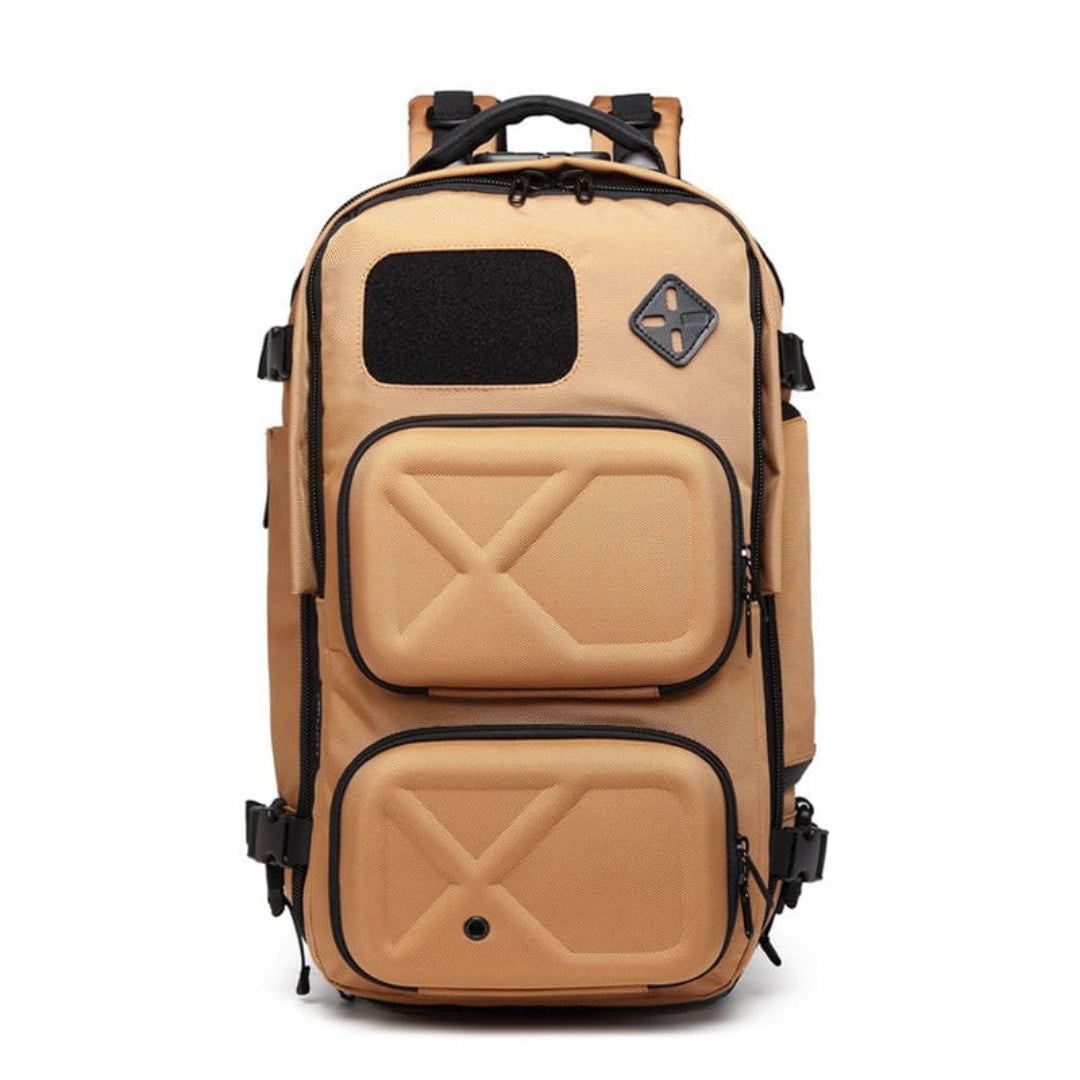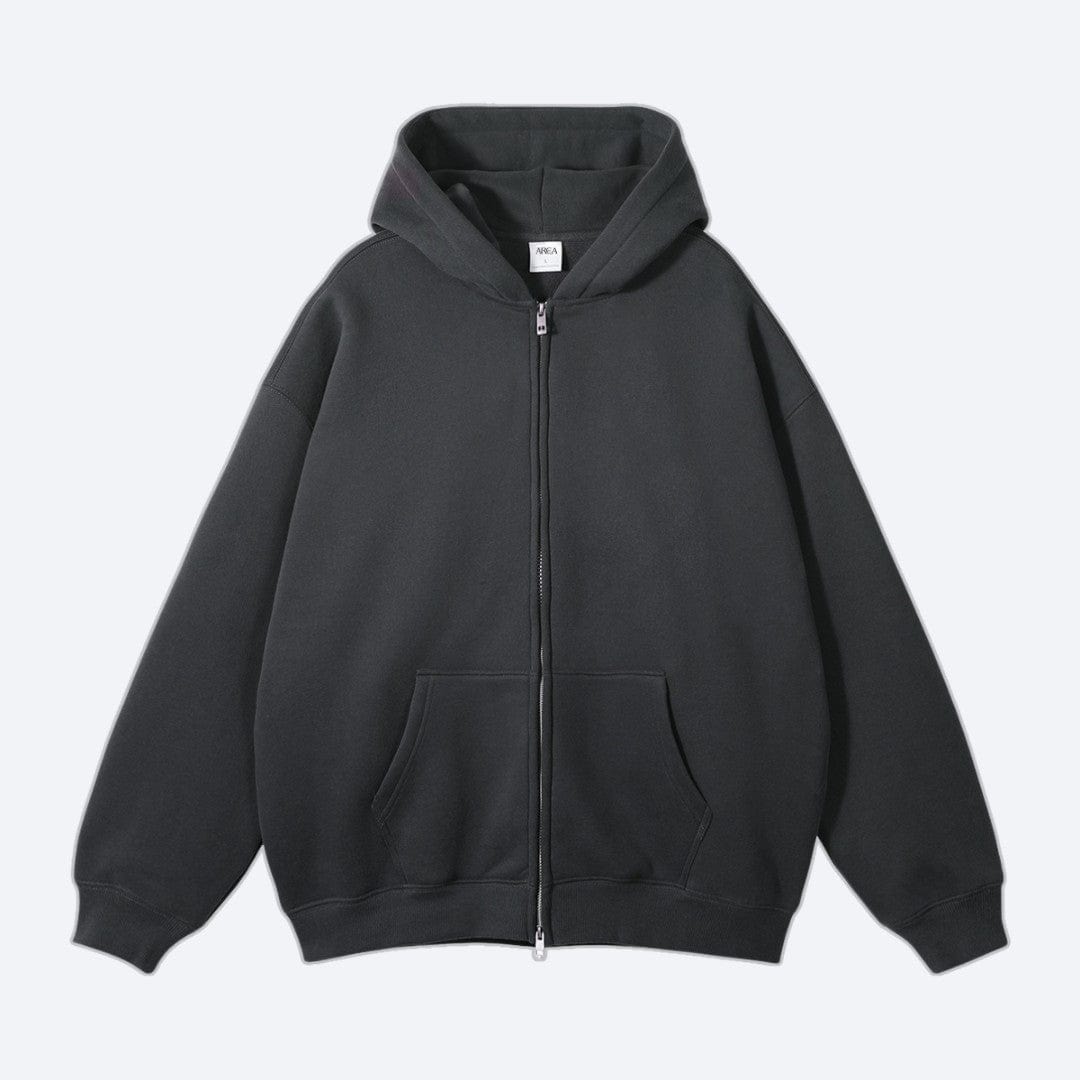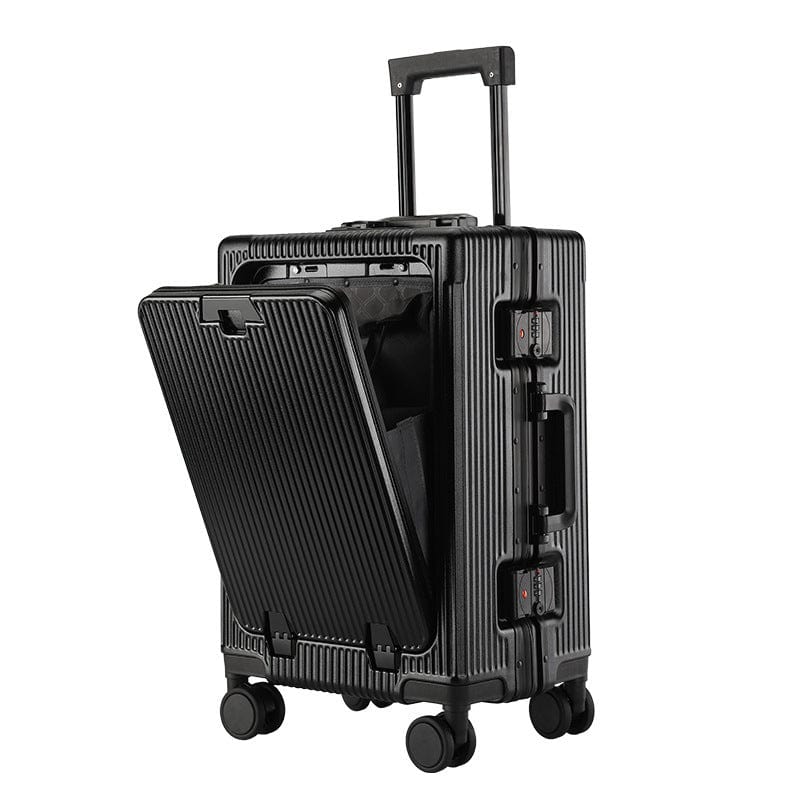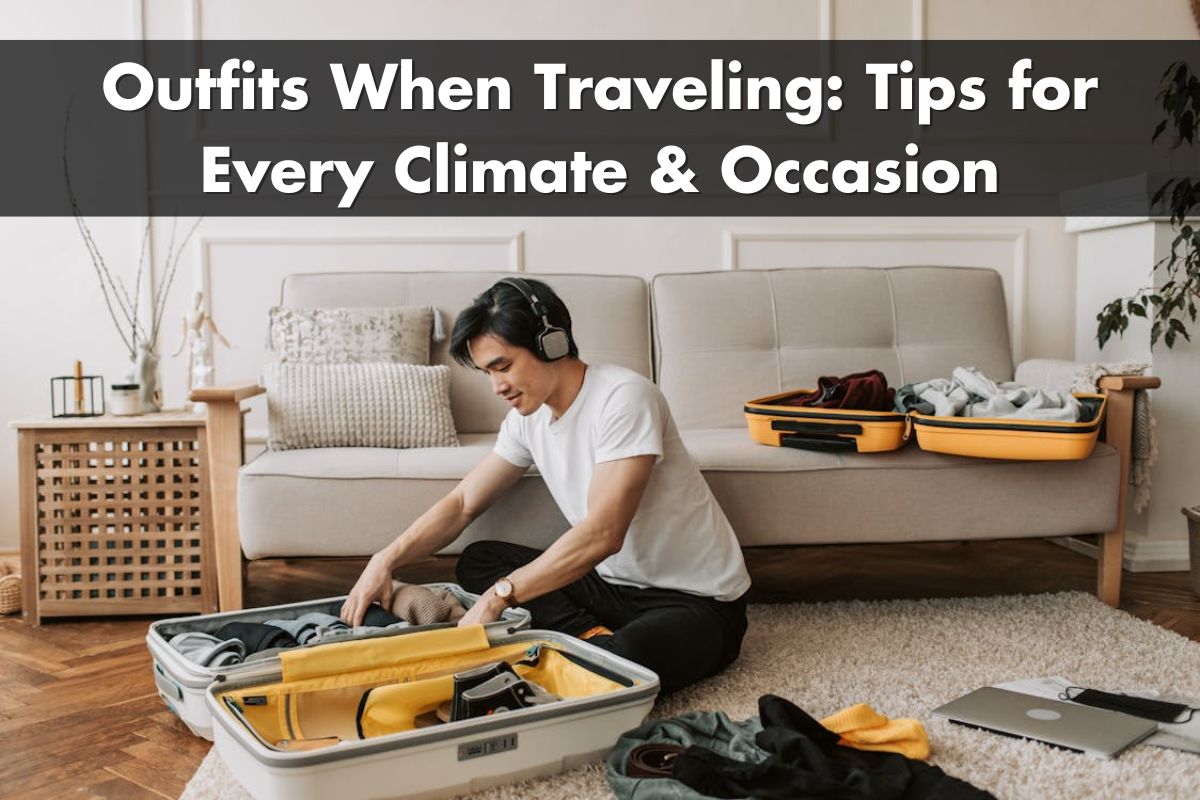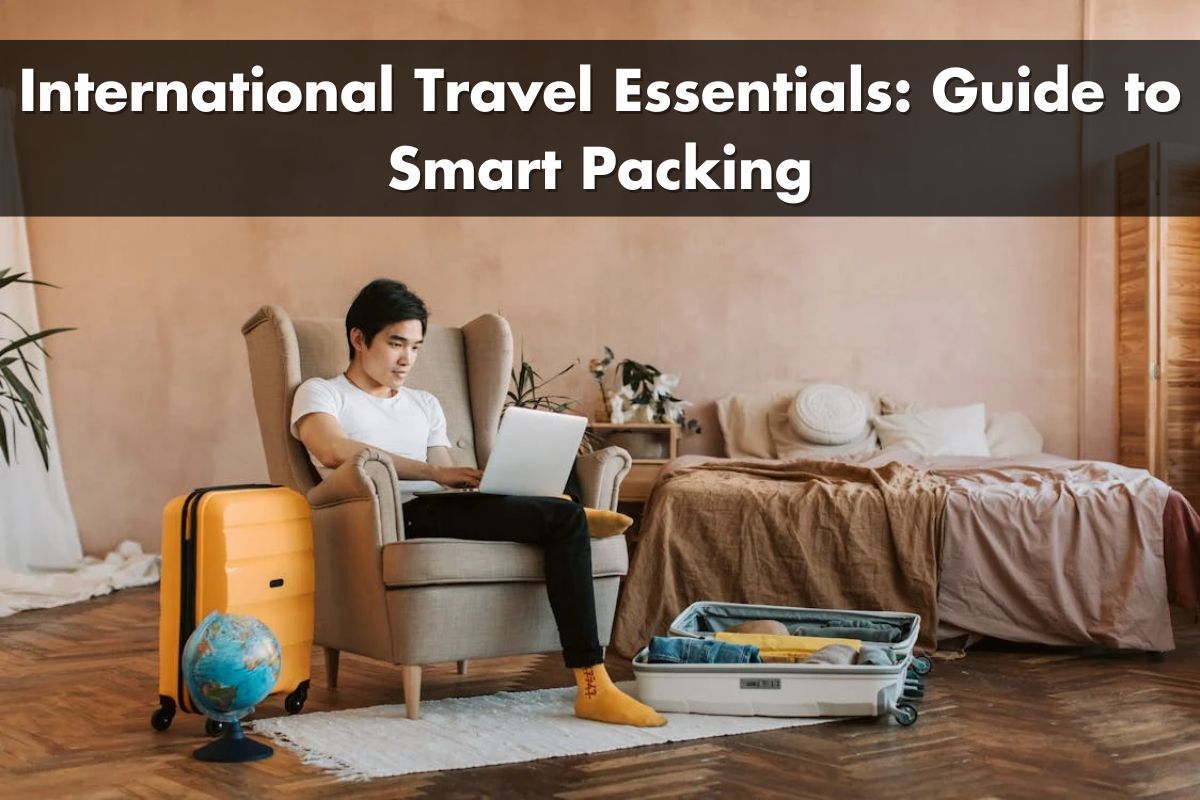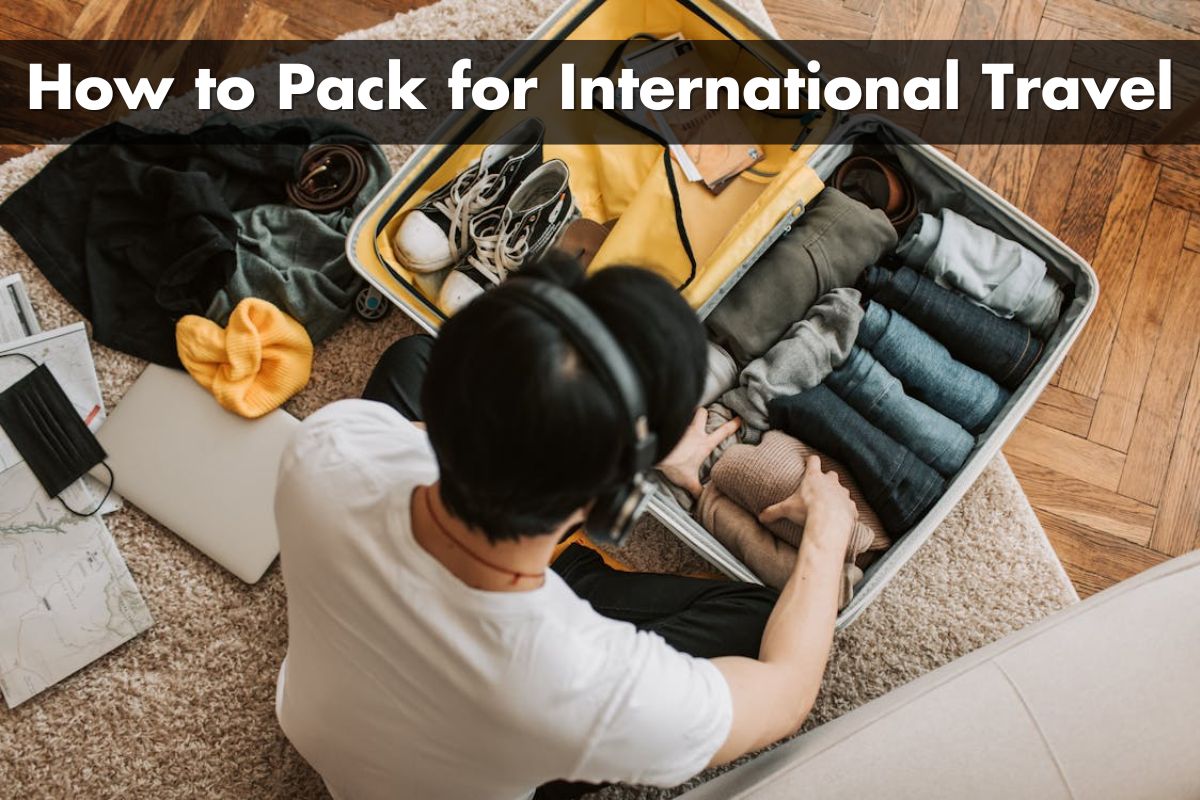Traveling often means long hours on the road or in the air, and while the journey itself can be unpredictable, what you wear doesn’t have to be. For me, travel outfits need to be versatile, functional, and chic enough to handle anything the day brings. Think roomy jeans, breezy dresses, or leggings paired with layering pieces like a denim jacket or a lightweight cardigan. Add a few accessories, and you’ve got a look that transitions seamlessly from the plane to dinner. With thoughtful choices, it’s completely possible to stay comfortable and look polished, no matter where your adventures take you.
Key Features to Consider in Travel Clothing
When traveling, clothing needs to combine functionality with versatility. Selecting pieces with specific features can ensure optimal comfort, durability, and style during trips.
Durability and Multi-Day Use
High-quality materials designed for repeated wear and washing ensure longevity. For instance, reinforced seams or ripstop fabrics stand up to the demands of travel.
Odor Resistance
Fabrics treated with antimicrobial technology keep garments fresh. Wool blends, for example, naturally resist odors, making them ideal for extended wear.
Quick-Drying or Moisture-Wicking Properties
Fast-drying fabrics like polyester are vital for humid climates or trips involving outdoor activities. Moisture-wicking materials prevent discomfort by pulling sweat away from the skin.
Wrinkle-Resistant
Low-maintenance, wrinkle-resistant fabrics like spandex blends ensure outfits remain polished, even after being packed.
Lightweight Materials
Lightweight options, such as nylon, reduce luggage weight and compress easily. These are especially useful for jackets or outerwear.
Breathable Fabrics
Breathability prevents overheating by allowing airflow. Cotton-linen blends, for example, are ideal for warm destinations.
Flexibility and Comfort
Stretchable textiles like elastane, paired with relaxed designs, enhance mobility and comfort for long travel days.
UV Protection
Fabric with built-in UV protection safeguards against prolonged sun exposure, perfect for tropical vacations or outdoor excursions.
Temperature Regulation
Merino wool naturally regulates body temperature in varying climates. This ensures comfort across different environments.
Water-Resistant or Waterproof Gear
Waterproof coatings, such as Gore-Tex, repel moisture, making jackets or pants suitable for rain-prone destinations.
Windproof Features
Windproof layers shield against harsh winds and cold conditions. Look for tightly woven synthetics like polyester or special wind-blocking membranes.
Insulation
Thermal layers, like down or fleece, provide necessary warmth without adding unnecessary bulk.
Layering Options
Thin base layers made of merino wool or synthetic blends serve as a foundation that works with multiple outerwear pieces.
Secure Zip and Hidden Pockets
Zippered and concealed pockets keep valuables secure. They're especially practical for passports, cash, or credit cards.
Versatile and Adaptable Clothing
Neutral-colored pieces that mix and match easily reduce packing needs. Convertible pants or dresses also offer outfit flexibility.
Eco-Friendly Considerations
Sustainable fabrics, such as organic cotton or recycled polyester, minimize environmental impact while maintaining functionality.
Anti-Pilling Properties
Clothing made with anti-pilling finishes retains a smooth appearance, even after frequent use.
Versatility in Style
Pieces like a sleek travel dress or a tailored jacket transition seamlessly from casual settings to formal environments.
Recommended Fabrics for Travel: A Comprehensive Guide
Choosing the right fabrics enhances travel comfort and minimizes maintenance. Below, I’ve detailed the most practical fabric types for achieving style and utility during any trip.
Advanced Performance Fabrics for Travel Attire
Performance fabrics offer functionality tailored to active travelers. Materials like Merino wool are moisture-wicking, odor-resistant, and regulate temperature, making them ideal for long flights or outdoor activities. Polyester and nylon provide durability, wrinkle resistance, and quick-drying properties, which reduce downtime between uses. Spandex blends add stretch for mobility in travel attire like leggings or fitted tops. Modal, derived from beech tree pulp, combines smoothness and breathability, perfect for travel-friendly layering.
Organic Fabrics for Travel Wear
For eco-conscious travelers, organic options provide comfort without compromising sustainability. Organic bamboo fabric feels soft and resists wrinkles, making it an excellent low-maintenance choice. Hemp is durable, naturally antibacterial, and breathable, ideal for warmer climates. Organic cotton offers comfort for casual outfits but lacks wrinkle resistance unless blended with synthetic fibers. Consider organic linen only if its natural wrinkles align with your aesthetic preferences.
Natural and Synthetic Blends for Travel Clothing
Blended materials balance natural comfort and synthetic durability. Fabrics like cotton-polyester blends combine softness with wrinkle resistance, suitable for everyday travel outfits. Wool-spandex blends enhance flexibility while retaining Merino wool’s temperature-regulating properties. Linen-polyester blends reduce wrinkling, ensuring smarter looks without requiring constant ironing. When optimized for travel, these hybrids deliver versatility in various climates and activities.
Tips for Choosing Travel Apparel and Packing Light
Packing smartly for travel combines practicality and style. Thoughtful decisions about clothing ensure ease, comfort, and versatility throughout the journey.
1. Assess Your Activities
I plan my clothing based on the specific activities and climate of my destination. For example, hiking requires moisture-wicking fabrics, while urban sightseeing calls for stylish yet comfortable attire.
2. Choose Neutral Tones and Patterns
Neutral colors like black, beige, and gray simplify mixing and matching. Subtle patterns, such as stripes or solids, create versatile looks suitable for both casual and formal occasions.
3. Focus on Layering Strategies
Light, compact layers accommodate fluctuating temperatures and varying environments. I pack items like a breathable base layer, a mid-layer for insulation, and a lightweight jacket for weather protection.
4. Essential Base Items
I prioritize essential pieces like wrinkle-resistant tops, durable pants, and a water-resistant jacket. These items adapt to diverse settings and eliminate the need for excessive packing.
5. Pay Attention to Fabric Choice
I select fabrics like Merino wool, polyester, or nylon for durability, odor resistance, and breathability. These materials perform well across different conditions, making them ideal for travel.
6. Ensure the Right Fit
Clothing that fits well maximizes comfort and mobility. I avoid overly tight or loose items, ensuring each piece supports natural movement during activities and long transit periods.
7. Invest in Versatile Pieces
Convertible items like zip-off pants or reversible tops reduce packing volume while maintaining style options. A versatile travel dress transitions seamlessly from daytime exploration to evening dining.
8. Strategize and Test Your Outfits
I assemble outfits prior to packing, ensuring compatibility and suitability for planned activities. This strategy saves time, avoids overpacking, and guarantees an efficient travel wardrobe.
Selecting Clothing for Hot Weather Travel
Choosing the right clothing for hot weather ensures comfort and helps maintain a polished appearance. Considering fabric, fit, and functionality is essential for staying cool and chic on your journey.
1. Opt for Breathable, Moisture-Wicking Materials
Clothing made from lightweight fabrics helps to regulate body temperature. I recommend choosing options like linen, cotton, or Merino wool, which allow air circulation and wick moisture away efficiently.
2. Choose Light Colors
Lighter shades, such as white, beige, or pastels, reflect sunlight better than dark tones. These colors help mitigate heat buildup during sunny days.
3. Favor Loose-Fitting Garments
Flowing silhouettes prevent fabric from sticking to the skin and improve airflow. Maxi dresses, wide-leg pants, or oversized shirts work well for this purpose.
4. Embrace Versatile Hybrid Styles
Hybrid pieces combine practicality with style. Convertible dresses that function as tops or adjustable skirts minimize packing while keeping outfits adaptable.
5. Prioritize UV Protection
Fabrics infused with UV-blocking properties protect from harmful rays. Look for UPF-rated materials for added peace of mind when spending extended time outdoors.
6. Keep Layers Simple
Even in hot climates, layering may be necessary. Lightweight cardigans or airy scarves add modesty and protection without excessive bulk.
7. Manage Moisture Efficiently
Sweat-prone areas benefit from garments with strategic features. Mesh panels or integrated ventilation zones help prevent dampness in intense heat.
8. Choose Quick-Drying Options
Packing items that dry fast, like polyester blends, simplifies post-wash care. This feature is especially useful for trips involving frequent changes or water activities.
9. Look for Ventilated Designs
Clothing with design details like slits, open backs, or perforations enhances cooling. Pieces with these elements balance functionality with elegance.
Selecting Clothing for Cold Weather Travel
Traveling in cold weather calls for thoughtful outfit selections that balance warmth, comfort, and practicality. Prioritizing functionality ensures you stay comfortable during temperature drops while maintaining a polished look.
1. Choose Warm, Insulating Fabrics
I favor fabrics that trap heat effectively, like wool, fleece, and down. Merino wool and cashmere offer warmth while remaining lightweight. For synthetic options, fleece insulates and dries quickly, making it ideal for layering.
2. Utilize Layering Techniques
Layering is essential for cold weather travel. I start with a thermal base layer, add a middle layer for insulation, and finish with an outer layer that shields against wind and rain. This system helps adjust to fluctuating indoor and outdoor temperatures.
3. Prefer Loose-Fitting Attire
Slightly loose clothing accommodates layers and improves air circulation for extra insulation. Jeans or relaxed-fit pants work well with thermal leggings underneath, offering comfort without restricting movement.
4. Pack Extra Layers
I like to carry lightweight, portable layers like puffer vests or quilted jackets that can be easily folded into a tote. Extra layers are practical for unexpected weather shifts or transitioning between casual and formal settings.
5. Look for Waterproof and Windproof Options
Outerwear with waterproof and windproof properties protects against rain, snow, and cold winds. Jackets made of Gore-Tex or wind-resistant fabrics are effective, with sealed seams preventing water seepage.
6. Choose Sturdy Materials
For travel gear, I prefer durable materials like reinforced nylon or polyester blends. These resist wear and tear, ensuring longevity for items like boots and coats. Sturdy fabrics maintain shape and appearance despite frequent use.
7. Ensure Full Coverage from Head to Toe
Protective accessories like hats, scarves, and gloves prevent exposure to cold air. I also opt for insulated boots and thick socks to keep feet warm and dry, ensuring comfort even on icy or snowy surfaces.
Essential Travel Wardrobe: Key Items to Start With
Building an efficient travel wardrobe starts with a few versatile pieces to maximize outfit options. These foundational items combine comfort, practicality, and style, ensuring they're suitable for various activities and destinations.
- Neutral-tone tops: Pack wrinkle-resistant, solid color tops. Black, white, or beige options work well with almost any bottom.
- Versatile bottoms: Reliable jeans or tailored pants are staples. I prefer pairs with stretch for added comfort during long transit hours.
- Layering essentials: Lightweight sweaters and cardigans provide warmth without adding bulk. Merino wool layers are my go-to for their temperature-regulating and odor-resistant properties.
- Outerwear: A windproof quilted jacket or compressible down vest fits different climates. These pieces are easy to stow away when not in use.
- Comfortable shoes: A dependable pair of supportive sneakers or slip-ons works for exploring and flying. I keep dressier low-heeled boots on hand for evening outings.
- Multi-use dresses: A neutral, knee-length dress in an easy-care fabric transitions effortlessly from casual daywear to formal evening events.
- Accessories: Sunglasses, a compact crossbody bag, and a wide-brim hat enhance both functionality and style. I also pack a scarf to use as a wrap or makeshift pillow.
- Base layers: Thermal tops and leggings are necessary if you're heading to colder destinations. They ensure warmth without adding excessive luggage weight.
- Bonus piece: For extra personality, I include a pop of color, such as a bright duster jacket or patterned scarf.
Strategically selecting these items allows seamless outfit pairing while keeping luggage light and manageable. Each piece serves multiple purposes, providing the flexibility every traveler appreciates.
Conclusion
Traveling is so much more enjoyable when your wardrobe works for you. By prioritizing versatile, high-quality pieces that balance comfort, style, and functionality, you can create outfits that adapt effortlessly to different climates and activities. Thoughtful choices in fabrics, layering strategies, and accessories ensure you’re prepared for anything your journey brings.
Packing light doesn’t mean sacrificing style or practicality. With the right essentials, you’ll feel confident, comfortable, and ready to embrace every adventure. A well-curated travel wardrobe truly makes all the difference.


